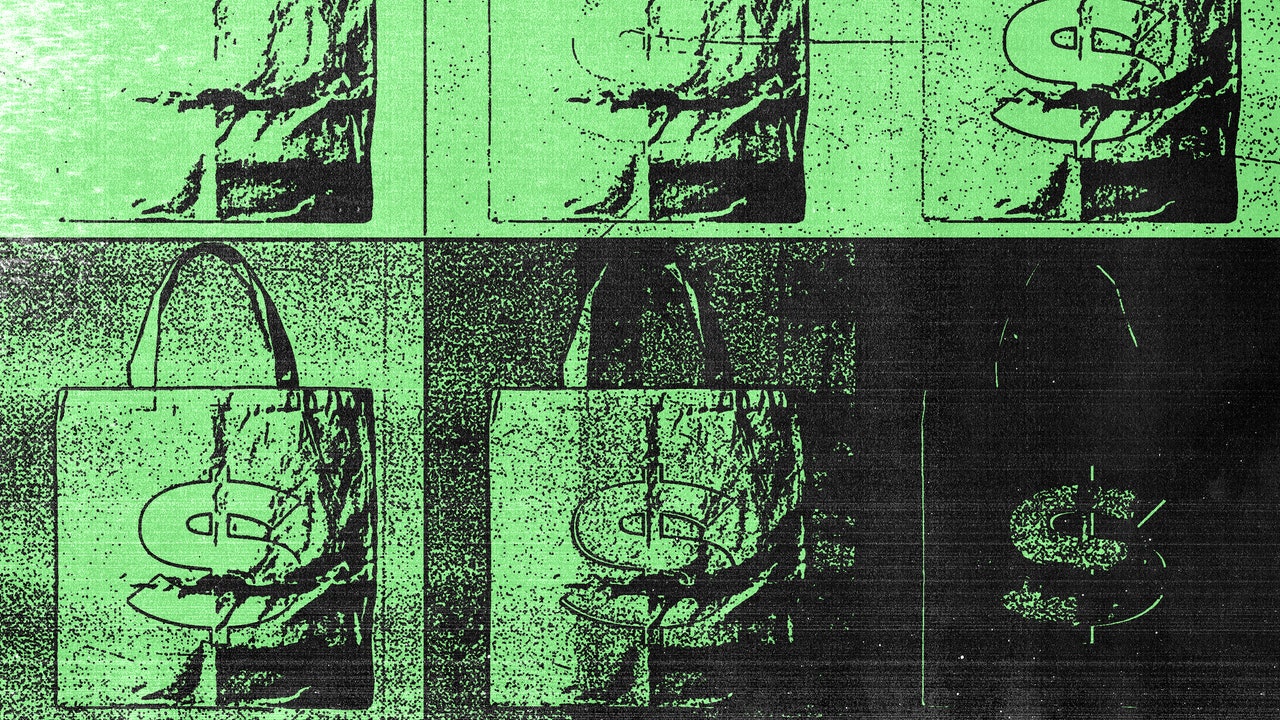I haven’t yet mentioned the explosion of the vintage market and the sudden proliferation of very good young vintage dealers. This is a subculture I can get behind, but it depends entirely on the spirit and taste of the individual. Sure, the best vintage shops feel a lot like brands, with a coherent and cohesive approach to buying and merchandising vintage clothes, but, in a way, they are anti-brands. They are curators, which is specifically and intrinsically something very different from a brand.
There is a story from 2006 that I think about all the time, written by Rob Walker for The New York Times Magazine: The Brand Underground. Published just as a new wave of fashion and streetwear brands was emerging, the article focuses on three specifically—aNYthing, Barking Irons, and The Hundreds. Walker examines the T-shirt as the perfect vehicle for the brand-as-self-expression machine. He coins the term the Brand Underground to represent what he saw as a new phenomenon in the long, rich history of subcultures: “making statements against the materialistic mainstream—but doing it with different forms of materialism.” The people behind these companies, he writes, “see products and brands as viable forms of creative expression.”
The star of the story is aNYthing founder Aaron “Aron” Bonderoff, whom Walker describes as “the postmodern brand rebel, hopscotching the minefield of creativity and commerce, recognizing the categorization, satirizing it, embracing it, and commoditizing it all at once.” Aron, to his credit, describes himself as “the top Cool Guy on the scene.”
Read More
Is Nike Still Cool?
After decades of dominating the sneaker game, the Swoosh’s top-dog status suddenly feels vulnerable. GQ’s Noah Johnson examines how that happened.
The story is a kind of time capsule. Walker quaintly refers to YouTube as “the video-sharing Web site” and certainly gets credit for my first encounter with the term influencer (“what corporate America calls Cool Guys”). And today the Brand Underground exists only in memory. The movement became too big to support its own weight, and the larger fashion world changed. Kanye West took on an outsized influence, for one. Streetwear’s radical provocateurs faded from memory as the stakes rose—the more money there is on the line, the more stable the people in charge need to be. The last generation of independent brand-builders leveraged their influence to infiltrate the establishment—most significantly, Virgil Abloh. His rise to the LVMH-anointed king of global fashion ended the reign of the brand underground.
I’m glad Abloh was the one to do it. He ushered in an exciting and cool new era of luxury fashion and image-making. He agitated for a radical shift in the fashion system, and he totally achieved it.
But we haven’t seen the next thing emerge yet. I’m itching to see the next Underground take shape, ideally before Walker’s article turns 20. I’m searching for the subcultures that will take on the materialistic mainstream the way Aron did, to find surprising new ways to combine pure creative expression with commerce.
This is why, these days, I have my eyes on the independent designers and brands that are focused on building unique communities, innovating aesthetics, and creating opportunities for subcultures to emerge. I see it happening with Evan Kinori and his naturalistic, humane approach. I see it happening with the cult of Chopova Lowena. Kiko Kostadinov’s rich and relentless work—totally original, yet deeply rooted in the ’90s avant garde—is the model for a good subcultural brand. Brands like that don’t just make clothes, they make statements. That’s what I’m interested in buying.

